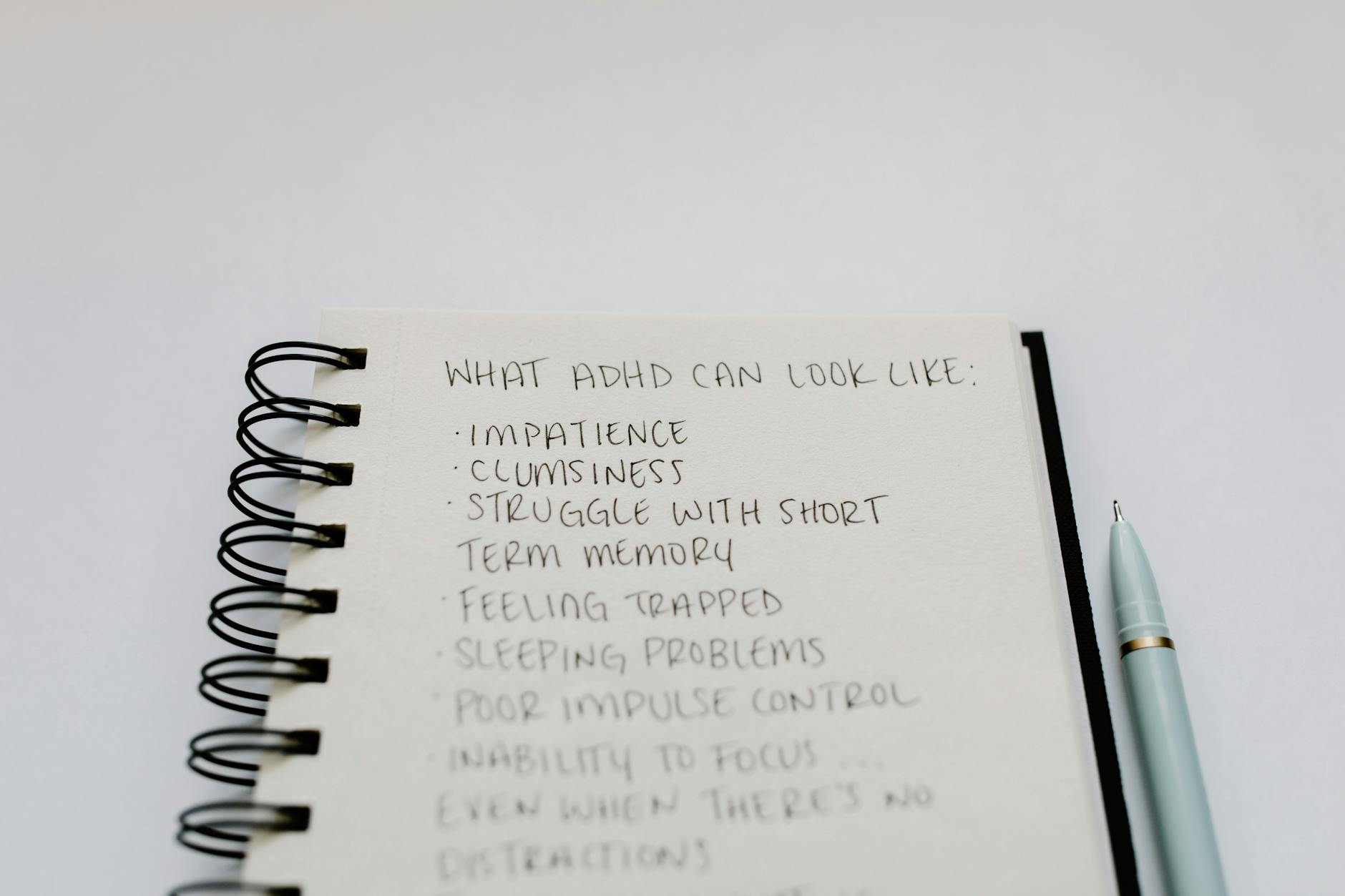Uncover the hidden truths behind Type 2 Diabetes and how lifestyle choices play a significant role in managing the condition.
Table of Contents
Type 2 diabetes is a chronic condition that affects millions of people worldwide. It is characterized by high levels of blood sugar resulting from the body’s inability to effectively use insulin. Understanding the causes, symptoms, and treatment options for type 2 diabetes is crucial in managing the condition and living a healthy life.
Causes and Risk Factors
The exact cause of type 2 diabetes is not fully understood, but certain risk factors can increase the likelihood of developing the condition. These risk factors include obesity, sedentary lifestyle, family history of diabetes, high blood pressure, and age over 45. Excess weight, especially around the abdomen, can contribute to insulin resistance, a key factor in type 2 diabetes.
Genetics can also play a role in predisposing individuals to type 2 diabetes. If you have a family history of the condition, you may be at a higher risk of developing diabetes yourself. Additionally, ethnic background can influence the risk of diabetes, with certain ethnic groups being more susceptible to the condition.
Symptoms and Diagnosis
Recognizing the symptoms of type 2 diabetes is essential for early diagnosis and treatment. Common symptoms include frequent urination, excessive thirst, unexplained weight loss, fatigue, blurred vision, and slow-
healing wounds. If you experience any of these symptoms, it is important to consult with a healthcare provider for proper evaluation and diagnosis.
Diagnosing type 2 diabetes typically involves a blood test to measure fasting blood sugar levels or an oral glucose tolerance test. These tests can help determine if your blood sugar levels are within the normal range or if you have diabetes.
Management and Treatment
Managing type 2 diabetes involves a combination of lifestyle changes, medication, and regular monitoring of blood sugar levels. Following a healthy diet, engaging in regular physical activity, maintaining a healthy weight, and monitoring blood sugar levels are key components of managing diabetes.
Medication may also be prescribed to help lower blood sugar levels and improve insulin sensitivity. Some common types of medication used to treat type 2 diabetes include metformin, sulfonylureas,
insulin, and SGLT2 inhibitors.
Additionally, regular check-ups with healthcare providers and diabetes educators can help individuals with type 2 diabetes stay informed about their condition and make necessary adjustments to their treatment plan. Monitoring blood sugar levels at home and keeping a log of results can also provide valuable insights into how the body responds to medications, diet, and exercise.
Prevention and Lifestyle Tips
While certain risk factors for type 2 diabetes, such as genetics and age, cannot be changed, there are steps you can take to reduce your risk of developing the condition. Adopting a healthy lifestyle that includes regular physical activity, a balanced diet, and maintaining a healthy weight can significantly lower your risk of type 2 diabetes.
| Topic | Description |
|---|---|
| Definition | Type 2 diabetes is a chronic condition that affects the way the body metabolizes sugar (glucose). |
| Cause | Type 2 diabetes is caused by a combination of genetic, lifestyle, and environmental factors. |
| Symptoms | Common symptoms include increased thirst, frequent urination, weight loss, fatigue, and blurred vision. |
| Diagnosis | Diagnosis is typically done through blood tests that measure glucose levels. |
| Treatment | Treatment may include lifestyle changes (like diet and exercise) and medications to manage blood sugar levels. |
| Complications | Complications of unmanaged type 2 diabetes can include heart disease, nerve damage, kidney damage, and more. |
| Prevention | Prevention strategies include maintaining a healthy weight, eating a balanced diet, and staying active. |
Physical activity is especially important in managing and preventing type 2 diabetes. Regular exercise helps the body use insulin more efficiently, which can help regulate blood sugar levels. Aim for at least 150 minutes of moderate-intensity aerobic activity per week, such as brisk walking, swimming, or cycling.
A balanced diet that includes plenty of fruits, vegetables, whole grains, lean proteins, and healthy fats is key in managing diabetes. Limiting processed foods, sugary beverages, and high-fat foods can help regulate blood sugar levels and promote overall health.
Conclusion
Type 2 diabetes is a manageable condition that requires dedication to lifestyle changes, regular monitoring, and adherence to treatment plans. By understanding the causes, symptoms, and treatment options for diabetes, individuals can take control of their health and lead fulfilling lives. Consult with a healthcare provider for personalized guidance and support in managing type 2 diabetes.
FAQ
Question 1: What are the main risk factors for developing Type 2 Diabetes?
Answer 1: The main risk factors include obesity, sedentary lifestyle, family history of diabetes, high blood pressure, and age over 45.
Question 2: What are the common symptoms of Type 2 Diabetes?
Answer 2: Common symptoms include frequent urination, excessive thirst, unexplained weight loss, fatigue, blurred vision, and slow-healing wounds.
Question 3: How can Type 2 Diabetes be diagnosed?
Answer 3: Type 2 Diabetes is typically diagnosed through blood tests that measure fasting blood sugar levels or an oral glucose tolerance test.
Question 4: What are some lifestyle tips for managing Type 2 Diabetes?
Answer 4: Lifestyle tips include regular physical activity, a balanced diet, maintaining a healthy weight, and monitoring blood sugar levels regularly.





